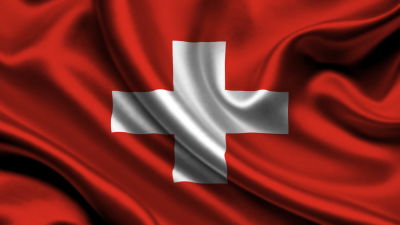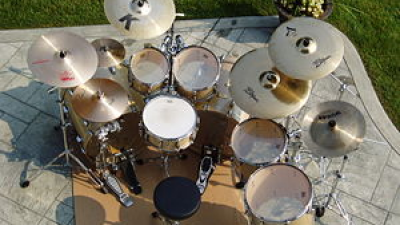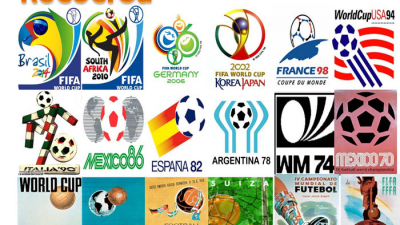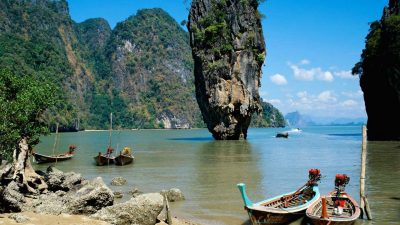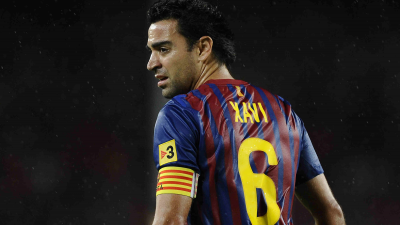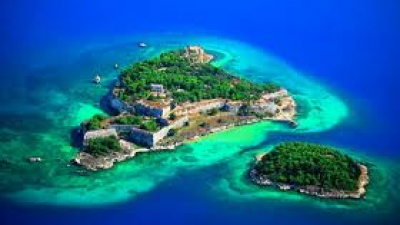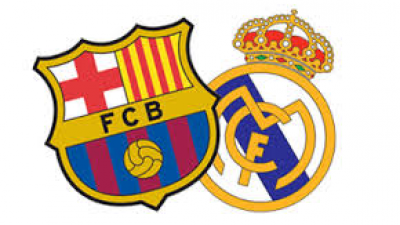The best metro systems in the world
|
NEWS
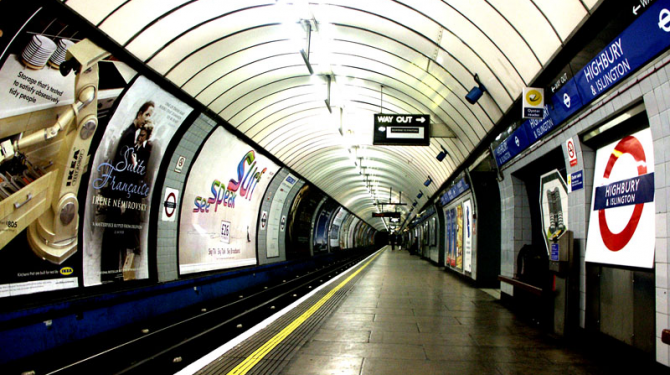
Source: listas.20minutos.es
For its infrastructure, design, ease of use, history, etc. The meters count and say a lot about each city. Take a look and vote your favorite.
TOP 15:
Seoul
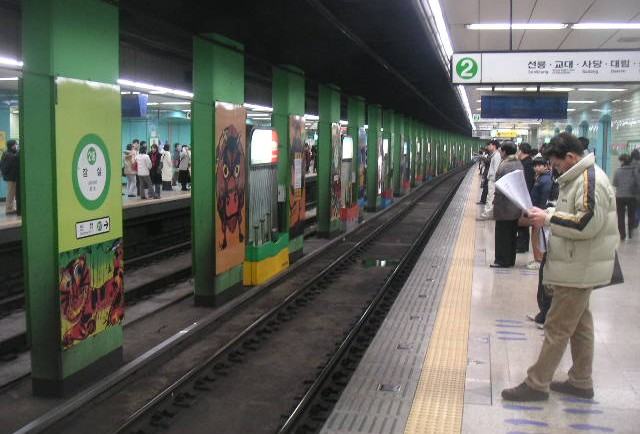
The Seoul subway is one of the largest metropolitan railways built in the world, extending through Seoul, capital of South Korea, and linking this city with its neighboring Inchon. Its route covers 287 kilometers distributed in nine lines, and it is estimated that eight million trips are made per day.
TOP 14:
Saint Paul
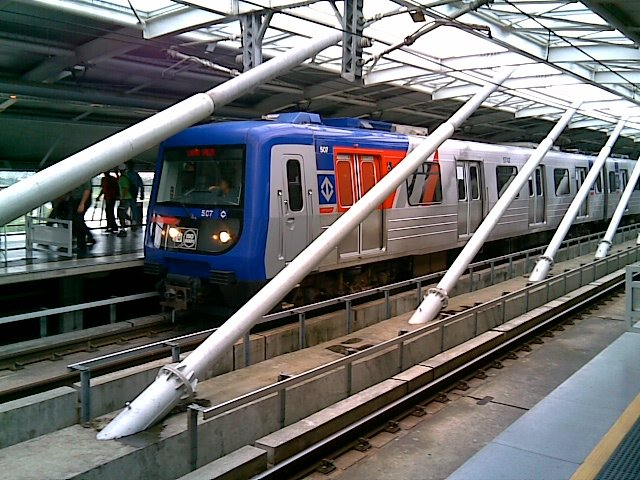
The São Paulo Metro is in relation to other meters of large, young, modern and efficient cities. While São Paulo is one of the largest cities in the world, with a population close to 12 million people, and in the Great São Paulo at 20 million the extension of the metro system is small - only 61.3 km - compared with other systems in North America and Europe. In 2007, e., The São Paulo metro system consists of four lines: Line 1 (Blue), Line 2 (Green), Line 3 (Red) and Line 5 (Violet); The four lines in total have 55 stations. The system receives 3,000,000 people per day. Even so, the subway is not distributed throughout the urban area. Another company, CPTM (Companhia Paulista de Trens Metropolitanos), also works by complementing the Metro, with six lines (7, 8, 9, 10, 11 and 12), 260.8 km in length and with a total of 89 stations. Metro and CPTM have integrations between their stations. The two systems are managed by a company of the government of the State of São Paulo and received awards as the cleanest in the world. The first line, North-South, then called "Blue Line" and then "Line 1 - Blue", began operations on September 14, 1974. Expansions of the metro system are expected in the future: Line 4 (Yellow) already It is under construction, it will have 12.8 km, all underground, 11 stations and expects to transport almost 1 million people per day. Line 2 is also being expanded with three new stations by 2010. 11.4 km of expansion will be built for Line 5.
TOP 13:
Beijing
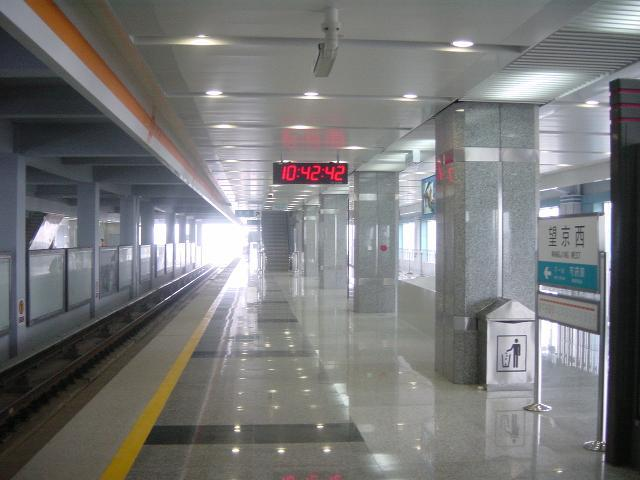
The Beijing Metro (in Chinese, 北京 地铁; pinyin, Běijīng Dìtiě) is the metropolitan rail transport system, subway, in the capital of the People's Republic of China, the city of Beijing. In 2008 it has 201 km in length, 8 lines and 123 stations in total. It serves approximately 1.5 million people daily. It is managed by the public company Beijing City Underground Railway Company. The Beijing subway was the first in China, construction began in 1965. The first route, between Central Station and Pingguoyuan, was opened on October 1, 1969. The route corresponded to the current western part of line 1 and the southern part of line 2. The subway could only be used at that time by public employees; only from 1977, eight years later, was it open to the general public. On September 20, 1984, the remaining part of the circular line was opened, and thus the service was divided into two lines, line 1 (from Fuxingmen to Pingguoyuan, east-west direction) and line 2 (circular line). On December 12, 1992, line 1 was extended eastward from Fuxingmen to Xidan. A subsequent extension of this line to the east occurred on September 28, 1999, from Xidan to Sihuidong. A new line, 13, was opened on September 28, 2002, from Xizhimen to Huoying (its western part), and on January 28, 2003 completed its eastern part, from Houying to Dongzhimen. Beijing subway map with future extensions The Batong line, which is an extension of line 1 to the southeast, was inaugurated on December 27, 2003. Line 5, which is the first that connects the north with the south of the city , was put into operation on October 7, 2007. On July 19, 2008, a couple of weeks before the start of the XXIX Olympic Games, three new lines were opened to the public, 8, 10 and L1 (line From the airport). Line 8 or Olympic line connects Beitucheng with Senlingongyuan, passing through the Olympic Stadium; Line 10 goes from Bagou to Jinsong and is 24.6 km long and 22 stations, and L1 connects Dongzhimen Station with Beijing International Airport.
TOP 12:
Buenos Aires
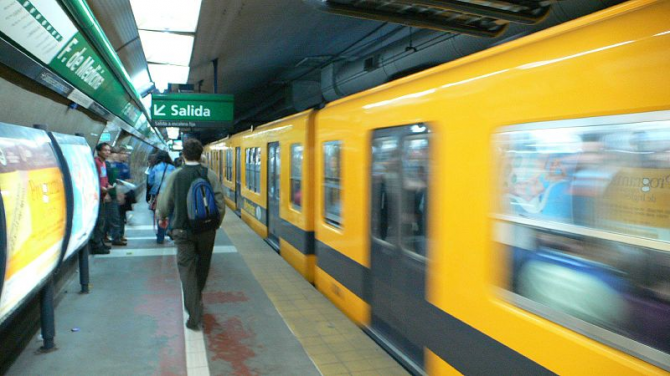
The Subway of Buenos Aires (underground) is a public transport system that runs through the city of Buenos Aires. The first line of this underground train network was inaugurated in 1913, being the first of its kind in Latin America and the entire Southern Hemisphere. The network spread rapidly during the first decades of the century, but the rate of expansion declined dramatically after the years that followed World War II. Towards the end of the 1990s a new process of network expansion began, with the planning of four new lines.
TOP 11:
NY
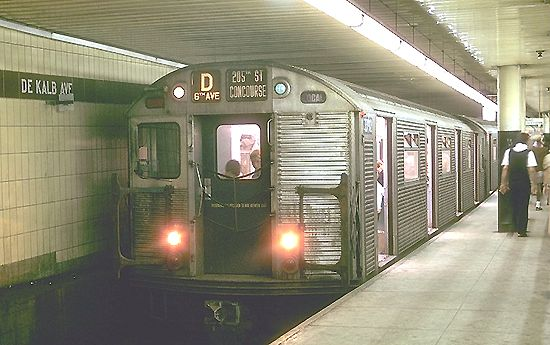
The New York Metro is the largest urban public transportation system in the United States and one of the largest in the world, with between 416 and 475 stations (depending on how transshipment points are counted: the MTA uses 468 as a number station officer) and 656 miles (1,056 km) of primary roads in service. If secondary roads are counted in workshops and garages, the total amounts to 842 miles (1,355 km). This subway is operated by the New York City Transit Authority (Colloquially called MTA New York City Transit by the Metropolitan Transportation Authority) forward MTA) of who is an affiliated agency. Both are agencies created by the New York State Legislature, in 1953 and 1968, respectively, to operate publicly owned transports of New York City in the case of MTA New York City Transit on the one hand and to supervise transportation. Mass public in the New York City Region in the case of MTA. A Law that will link MTA New York City Transit subway operations with MTA Staten Island Railway to form the new MTA Subways agency is pending approval. In turn, MTA New York City Transit bus operations will pass to another agency called MTA Bus (already created and currently hosting the city's former private bus operators, acquired between January 3, 2005 and 20 February 2006). Although it is known as "the subway", which implies underground operations, approximately forty percent of the system circulates on the ground, in elevated steel structures or, more rarely, wrought iron, reinforced concrete viaducts, in covered trenches or open sky and - occasionally - on surface routes. All these transit modes are completely separated from roads and pedestrian paths.
TOP 10:
Hong Kong
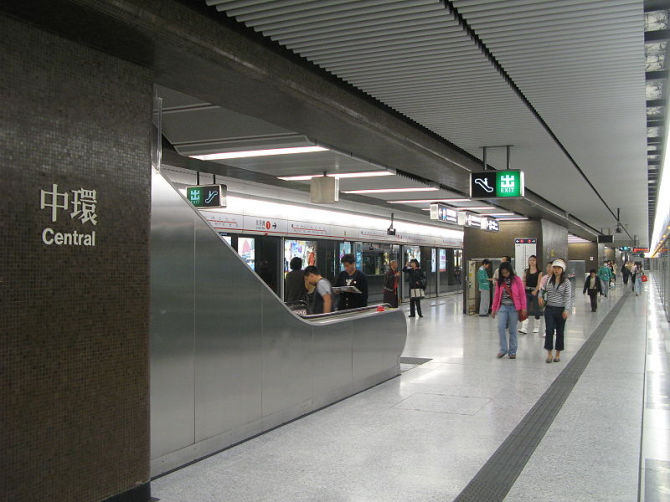
The Hong Kong Metro (in Cantonese Chinese, 港 鐵; pinyin, Gǎngtiě) or MTR (in English, Mass Transit Railway) is the metropolitan railway transportation system, metro, in the Special Administrative Region of Hong Kong, People's Republic of China . In June 2008 it consists of 10 lines (3 are suburban lines), it has approximately 175 km in length and 87 stations in total. It serves approximately 3.4 million people daily. It is managed by the private company MTR Corporation, which since December 2007 also controls the firm Kowloon-Canton Railway Corporation (KCRC). It is a very popular means of transport in the city. Some of the reasons for this popularity are the efficiency of the service and the low cost of the MTR. For example, a taxi from Tsing Yi, in the new territories of Hong Kong, to Causeway Bay, on the island of Hong Kong, costs about HK $ 200, and the same trip on the MTR costs HK $ 11.8 or HK $ 5 , 7 with discounts. In September 1997, the Octopus card was integrated into the system, which has made its use easier.
TOP 9:
Shanghai
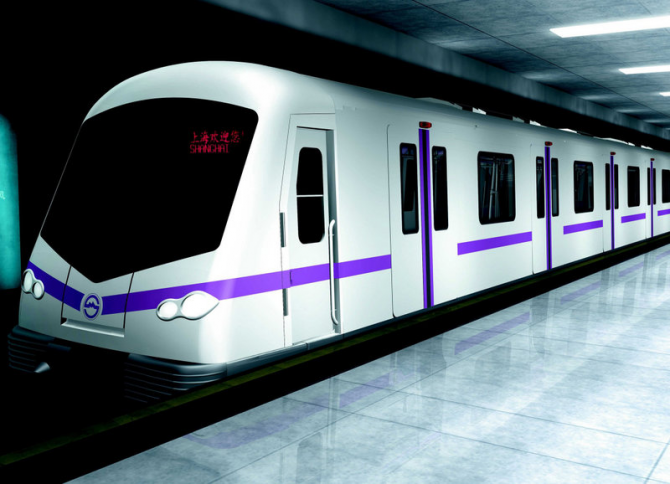
Shanghai Metro (in Chinese, 上海 轨道 交通; pinyin, Shànghǎi Gǔidào Jiāotōng) is the metropolitan rail transport system, subway, in the Chinese city of Shanghai. In June 2008 it has 227 km in length, eight lines and 161 stations in total, thus becoming the largest subway in China. It serves approximately 2.2 million people daily. All lines are managed by the state-owned Shanghai Metro Operation Company, with the exception of 5 and 6, which are managed by the Shanghai Modern Rail Transit Company.
TOP 8:
Tokyo
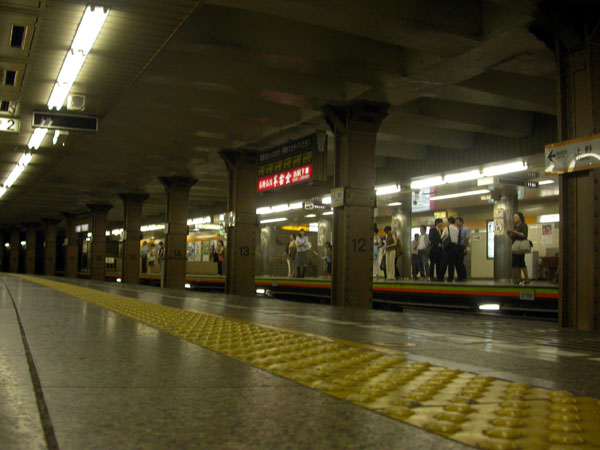
The Tokyo Metro is a transportation system operated by two different companies, the Toei company (都 営, Toei?) And the Tokyo Metro (東京 メ ト ロ, Tōkyō Metoro?) Tokyo has 13 subway lines, with a total length 286.2 km, which makes it the fourth largest metro network in the world, after those in New York, London and Madrid. The first subway line in Asia was inaugurated in Tokyo in December 1927. In 1995 the terrorist group Aum Shinrikyō ("Supreme Truth") carried out several attacks with sarin gas at the subway facilities, killing 27 people. It is the most used in the world, with 2.8 billion people every year, it goes in front of the Moscow Metro, with 2.6 billion. Nationwide it is ahead of the Osaka Metro, which is used by 880 million people / year.
TOP 7:
Paris
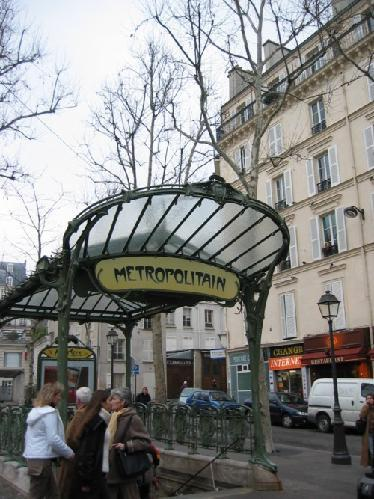
Line 1 (Porte de Vincennes - Porte Maillot) was inaugurated on July 19, 1900, on the occasion of the 1900 Olympic Games in Paris, it was extended to the La Défense station in the neighborhood of the same name built at the end of the 90s. Lines 1 through 10 were built by the city of Paris and launched by the Compagnie du Chemin de Fer Métropolitain de Paris (CMP). A second company called Société du Chemin de Fer Electrique Nord-Sud in Paris (known as Nord-Sud) started in 1910 the construction of two lines, called A and B (now part of lines 12 and 13). The Nord-Sud merged with the CMP in 1930 and lines 11 and 14 were completed. CMP became a state possession in 1948 and changed its name to Régie Autonome des Transports Parisiens (known as RATP). The most recent construction line is the 14, also known as the meteor line (ligne météor), which is considered one of the most modern metro lines in the world, whose trains operate automatically controlled by a computer (i.e. no they carry a driver). In their stations, the waiting passengers are separated from the tracks by means of a wall of glazed panels whose doors only open at the arrival of the train. Its first and most characteristic underground mouths, in wrought iron and of great aesthetic impact, are Art Nouveau style and were designed by Hector Guimard. Over time they have become an emblem of the city, and today 86 of them remain; one was donated to the Lisbon Metro in the mid-80s, and another one to the Mexico City Metro (it is at the entrance of the Fine Arts Station). The Metropolitan has a total of 16 lines, of which two are minor lines (known as 3bis and 7bis).
TOP 6:
London
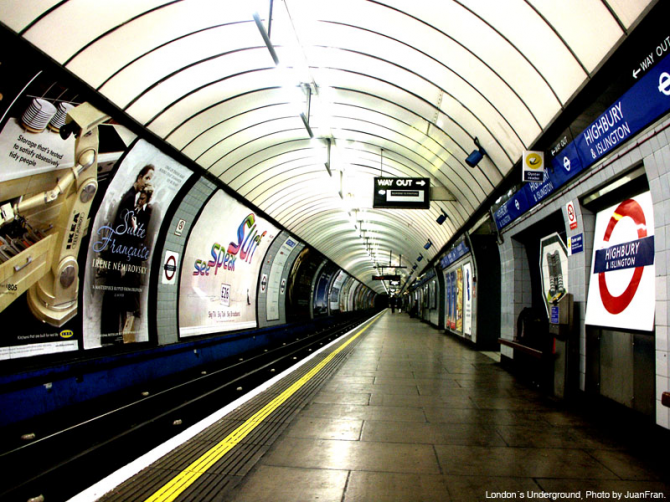
The London Underground or Underground (London Underground) is a public electric rail transport network (a subway or underground system) that operates both above and below ground throughout the Greater London area. It is the oldest transport system of this type in the world. It entered into operation on January 10, 1863. Londoners often refer to it as the Underground or in a more familiar way as the Tube, due to the shape of their tunnels. Today there are 274 open stations and more than 408 kilometers of active lines, with more than three million passengers using the subway every day (948 million transports made in the 2003-2004 period). Since 2003, the subway is part of the Transport for London (TfL) organization, which also manages London buses, including the famous red double-decker buses. Formerly London Regional Transport was the company that owns the London Underground. In 1854, a series of delays due to financial reasons and other reasons delayed the inauguration of the line until January 10, 1863. On that day, 40,000 passengers used the new means of transport; The frequency of the trains was 10 minutes. The line was repeatedly extended; by 1880 it was already used by up to 40 million passengers a year, and in 1884 the line known as "Inner Circle", currently "Circle Line" was completed. The times used steam locomotives, so it was necessary to have numerous ventilation holes for steam output. One of the most curious examples of ventilation space is at 23 and 24 of Leinster Gardens. These houses were demolished for the construction of the District line between Paddington and Bayswater, leaving that space open for ventilation. To avoid breaking the aesthetics of the street, a concrete facade was erected to mimic the design of the rest of the street facades. The development of electric locomotives allowed the construction of tunnels at a greater depth than the screen wall technique allowed, used until that moment. In addition, the techniques for the construction of tunnels to great depth were improved. The first line of this type (called "deep-level") and operated with electric locomotives was the "City & South London Railway" (currently part of the "Northern Line"), opened in 1890. Since January 2003 the Metro is Mixedly operated by public and private initiative. The maintenance of the infrastructure and the entire mobile park of trains has been transferred to private companies, in concessions of 30 years. The ownership of these elements, together with the exploitation of the lines, continues to run on behalf of TfL. Originally, the red color of CO / CP / CP trains were painted in dark red and appears gold (with black trim) letters. In 1973 this was changed to red 'bus' with white letters.
TOP 5:
Moscow
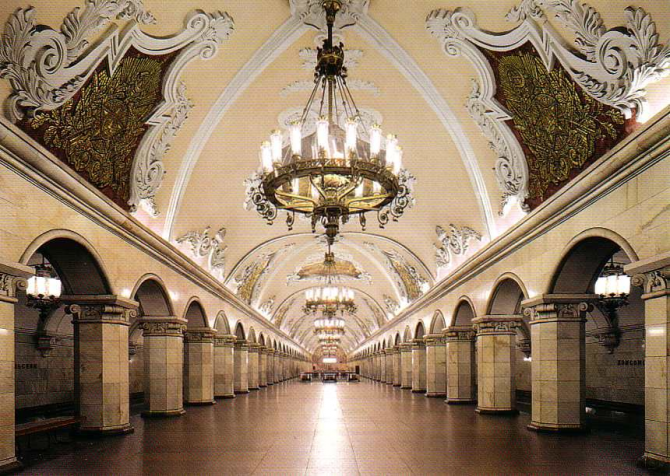
The Moscow Metro, also known as the underground palace, was opened in 1935 and is the first in the world by passenger density, transporting around 3,341,500,000 people a year and about 9.2 million people use it every day. It has 165 stations and an underground laying length of 270 kilometers that places it in sixth place in the world after the meters of New York, London, Madrid, Paris and Tokyo with 11 lines. It is one of the meters with the most elegant stations in the world, they are considered authentic works of art of world architecture.
TOP 4:
Caracas
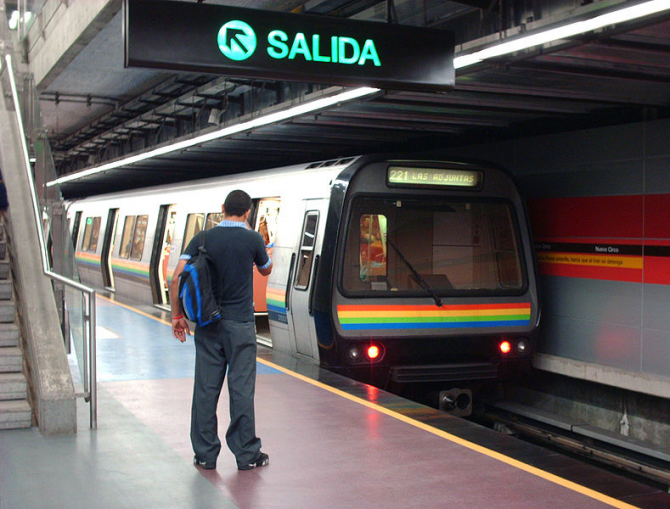
The Caracas Metro is the most important, fast, economical, extensive and reliable road public transport system that serves the city of Caracas. It was inaugurated on January 2, 1983 with 6.7 km. Its purpose is to contribute to the development of collective transport in Caracas, through the planning, construction and commercial exploitation of an integrated transport system. The subway is combined with a feeder network of surface transport called Metrobús, a bus system that departs from the stations and complements the service allowing to reach sectors where the subway does not have direct coverage. This binomial is known as the Metro-Metrobús System. The CA Metro de Caracas, is responsible for its construction, operation and operation as a decentralized public body attached to the Ministry of Infrastructure. Among the contributions of the Caracas Metro to culture, it is worth highlighting that it gives up its spaces for the Children and Youth Orchestras of Venezuela to perform concerts in the various stations of the underground system and is responsible for the transfer of the young students of the orchestras.
TOP 3:
Mexico City
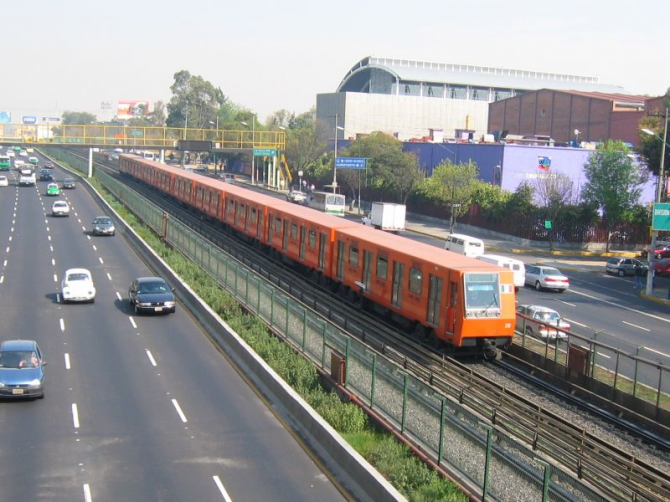
The Mexico City Metro is a public transportation system that serves large areas of the Federal District and part of the State of Mexico. Its construction, operation and operation is in charge of the decentralized public body Collective Transport System. It is colloquially known as metro. The word metro is a contraction of metropolitan or metropolitan train. In 2006, it ranked third worldwide in terms of user acquisition by transporting an average of 3.9 million passengers per day (sometimes exceeded by the meters of: New York, Moscow and Tokyo). Also in that year he achieved fifth place worldwide due to the extension of his network. The Mexico City Metro currently has 11 lines. Each line has a distinctive number and color assigned (numbers from 1 to 9 and the letters A, B). The vehicle fleet consists of pneumatic rubber undercarriages, with the exception of line A which uses railway undercarriages. The total extension of the network is 201,388 kilometers and one has a total of 175 stations of which: 112 are passing, 41 transhipment and 22 terminals (11 of the terminals are transshipment). The subway is built underground, superficial and elevated viaduct: 106 stations are underground, 53 superficial and 16 in elevated viaduct. 164 stations are located in Mexico City and 11 in the State of Mexico.
TOP 2:
Madrid
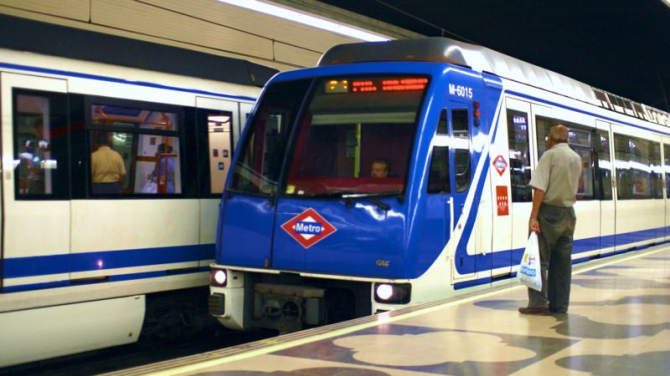
The Metro or metropolitan railway network of Madrid (Spain) was inaugurated on October 17, 1919 by King Alfonso XIII. As of August 2007, it has 318 stations, of which 227 are simple, in 27 two lines transfer, in 12 three lines stop and one (Avenida de América) serves as a transfer to four lines. Thus, there are 318 line stops. A total of 281.58 km (to which we must add maintenance, garages, service and bag funds) make up the 12 conventional lines and 1 branch. In three of these stations (Tres Olivos, Olympic Stadium and Puerta de Arganda), a train change is made within the same line, and in 21 stops there is correspondence with the Madrid Cercanías de Renfe network. There are also three tram lines, called Light Metro, which total 27.78 km. and they have 36 stations in total. It is the third subway network in the world by kilometers (after those of London and New York); [1] notable data considering that, with about 3 million inhabitants in its municipality and almost 6 million in its metropolitan area, the The city is ranked 50th among the metropolises of the world. It is also one of the fastest expanding today, with notable expansions during the last decade. However, during 2004, 616,533,167 displacements were accounted for, leaving it far from the top 10 subway networks because of their number of travelers [2] and especially because of the investments per user and per inhabitant.
TOP 1:
Santiago of Chile
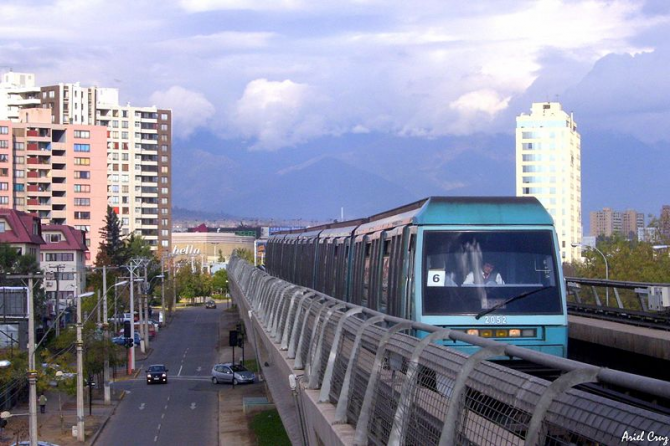
The Santiago Metro is the metropolitan railway that crosses a large part of the city of Santiago de Chile, capital of the Republic of Chile. This transportation system is managed by the state capital company Metro SA. It is the first of the three metropolitan railroad systems in Chile, along with the Merval de Valparaíso and the Biotrén de Concepción. The Santiago Metro is considered the most modern in Latin America [1] and one of the best worldwide. Currently, it has five lines, 85 stations and an extension of 84.4 km, for which about 1,300,000 passengers were transported daily during 2006, [2] a figure that has almost doubled since 2007. Its historical record is of 2,504,089 passengers on May 30, 2008. [3] The large increase in the number of passengers is due to the start of the Transantiago plan, where Metro de Santiago plays an important articulating role of the system. Along with the five lines currently operational, sixteen new stations are under construction, extending the network to the communes of Las Condes to the east and Maipú to the west. These works will end during 2009 and 2010, respectively, leaving the Metro with an extension of 105 km and covering 21 of the 36 municipalities of Greater Santiago.

